Proposal for a Regulation on Artificial Intelligence (AI ACT)
Proposal for a Regulation on Artificial Intelligence (AI ACT)
The Explanatory Memorandum of the proposal for the AI ACT indicates that the main objective of the document is to ensure safe development of artificial intelligence and to minimise the risk of misuse of AI technologies.
The regulation introduces in particular:
1. regulatory requirements for the marketing, commissioning and use of artificial intelligence systems (while introducing a classification of the risks posed by AI);
Depending on the risk category, artificial intelligence systems are:
- of unacceptable risk – cannot be deployed on the market if they fall within the scope of prohibited practices (i.e. activities deemed unacceptable because they are contrary to the values of the Union – referred to below);
- of high risk – specified by Annex 3 of the regulation, are allowed, subject to additional requirements such as an obligation to inform users that they are dealing with an artificial intelligence system;
- low/minimal risk – are allowed without additional restrictions.
2. prohibitions on certain artificial intelligence practices;
In particular, prohibited are practices aimed at:
- the manipulation of people or the exploitation of any vulnerability of a specific group of persons, in particular where they may cause physical or psychological harm;
- the scoring of social behaviour (i.e. the evaluation or classification of the trustworthiness of individuals which may tend towards the unfair or disadvantageous treatment of certain persons in an unjustified manner);
- real-time remote biometric identification in public spaces for law enforcement purposes.
3. provisions reflecting the principle of transparency;
In certain situations (e.g. in the case of deep fake technology, which allows to create deceptively realistic videos that create the possibility of manipulation), the provisions guarantee that users and persons affected by artificial intelligence systems will be informed that they are dealing with artificial intelligence;
4. definition of artificial intelligence systems;
- The Explanatory Memorandum of the proposal highlights that one of its goals was to try to create a definition of artificial intelligence systems that is technology-neutral and not outdated.
- According to Article 3(1) of AI Act – ‘artificial intelligence system’ (AI system) means software that is developed with one or more of the techniques and approaches listed in Annex I and can, for a given set of human-defined objectives, generate outputs such as content, predictions, recommendations, or decisions influencing the environments they interact with.
5. system of supervision and enforcement at EU and national level;
- at EU level – there will be a European Artificial Intelligence Board (with representatives of the Member States and the Commission), which will have the task of, among others: issuing opinions, recommendations, written comments – on the AI Act;
- at national level – a Member State will have to establish a supervisory authority that performs the functions of both notifying authority and market surveillance authority. The task of such a body will be, among others, to provide guidance and advice on the implementation of this regulation.
6. penalties for infringements
- Their amount in certain cases can be up to 6% of the company’s annual turnover. It is interesting to note that the penalties are to be adjusted to the profitability of start-ups and take into account their interests.
The proposed regulation does not include the rules on copyright or civil liability regarding AI. Furthermore, the Regulation will not apply to AI systems developed or used exclusively for military purposes.
The EU’s initiative to regulate the creation and use of AI is certainly to be given a warm welcome. Despite the novelty and complexity of the issue and the rapid changes that occur within the technology, the EU has recognised the need to clarify the legal framework that will allow the technology to develop on the one hand and mitigate the risks associated with it on the other.
The full text of the proposal for the regulation can be found at: https://eur-lex.europa.eu/legal-content/EN/TXT/?uri=celex%3A52021PC0206
See more:
Request for a preliminary ruling concerning AI
Case C-250/25, Like Company v Google, was referred to the Court of Justice of the European Union by a Hungarian regional court (Budapest Környéki Törvényszék) in April 2025. It concerns the operation of chatbots in the context of copyright law, mainly the use of...
The complexity and high level of subjectivity in assessing the likelihood of confusion based on three recent CJEU judgements
A likelihood of confusion exists when consumers can be misled into believing that goods or services bearing the opposing trademarks originate from the same company or from economically linked companies. It is assumed that the assessment of the likelihood of...
Overview of CJEU case law from 12 April 2025 to 4 May 2025
Below we present an overview of CJEU case law concerning intellectual property for the period from 12 April 2025 to 4 May 2025. T-338/24 - Mobility Trader v EUIPO - Cala and Ruiz (hey car select) - The case concerned opposition proceedings (likelihood of confusion). -...
